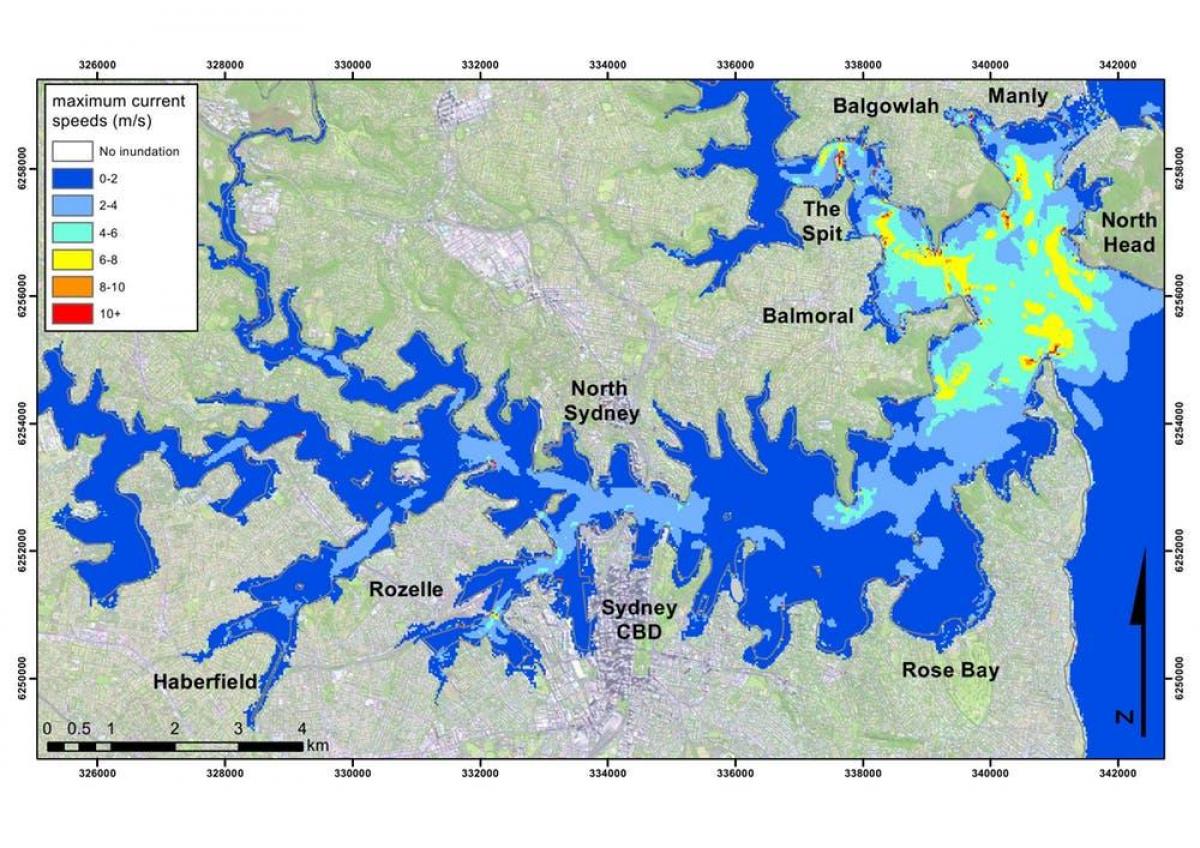search
Sydney flood map
Flood map sydney. Sydney flood map (Australia) to print. Sydney flood map (Australia) to download. The Hawkesbury-Nepean River region of western Sydney peaked at a staggering 12.9 metres, with water engulfing road signs and reaching the tops of many houses. There has not been a major flood on the Hawkesbury-Nepean for more than 30 years, with the last comparable one occurring in 1990 (see sydney flood map). Long-term Sydneysiders, however, will remember that 12 major floods occurred during the 40 years before 1990. Five of these were larger than last month flood. The long-term rainfall pattern in the region and corresponding river flow is cyclic in nature. This means 40 to 50 years of dry weather with infrequent small floods are followed by 40 to 50 years of wet weather with frequent major floods. As river and floodplain residents take stock of the recent damage to their homes and plan necessary repairs, it is vital they recognise more floods are on the way. Large, frequent floods can be expected to occur again within 10 or 20 years if — as expected — the historical pattern of rainfall and flooding repeats itself.
Many of the 18,000 people who were evacuated live in and around a region known as the “Sackville Bathtub” as its mentioned in sydney flood map. As the name suggests, this flat, low-lying section of the floodplain region was spectacularly affected. The Sackville Bathtub is located between Richmond and Sackville. It is part of the Cumberland Plain area of Western Sydney and formed very slowly over 100 million years due to plate tectonic processes. The bathtub mudstone rock layers are folded into a broad, shallow, basin-shaped depression, which is surrounded by steep terrain. Downstream of Sackville, the Hawkesbury-Nepean River flows through sandstone gorges and narrows in width. This creates a pinch-point that partially blocks the river channel. Just as a bath plug sitting half-way over a plughole slows an emptying bath, the Sackville pinch-point causes the bathtub to fill during floods.
The area of Western Sydney that is flooding right now is one of Australia most flood prone areas as its shown in sydney flood map. Steep terrain means in heavy rain, water races quickly into the catchment but get trapped in narrow valleys on the way out. Yet according to Infrastructure New South Wales flood strategy more than 130,000 people live and work on the floodplain and that is expected to double over the next 30 years. More than 800mm of rain has fallen in less than a week in some parts of the Australian state, leaving a trail of destruction which stretched from the densely populated suburbs of western Sydney to the sleepy coastal towns of Taree and Kempsey, hundreds of kilometres away on the NSW mid-north coast. The floods come less than 18 months after Australia was gripped by a bushfire crisis which saw towns levelled and dozens killed. Many of the places which have found themselves inundated by a record downfall were still recovering from that disaster.


